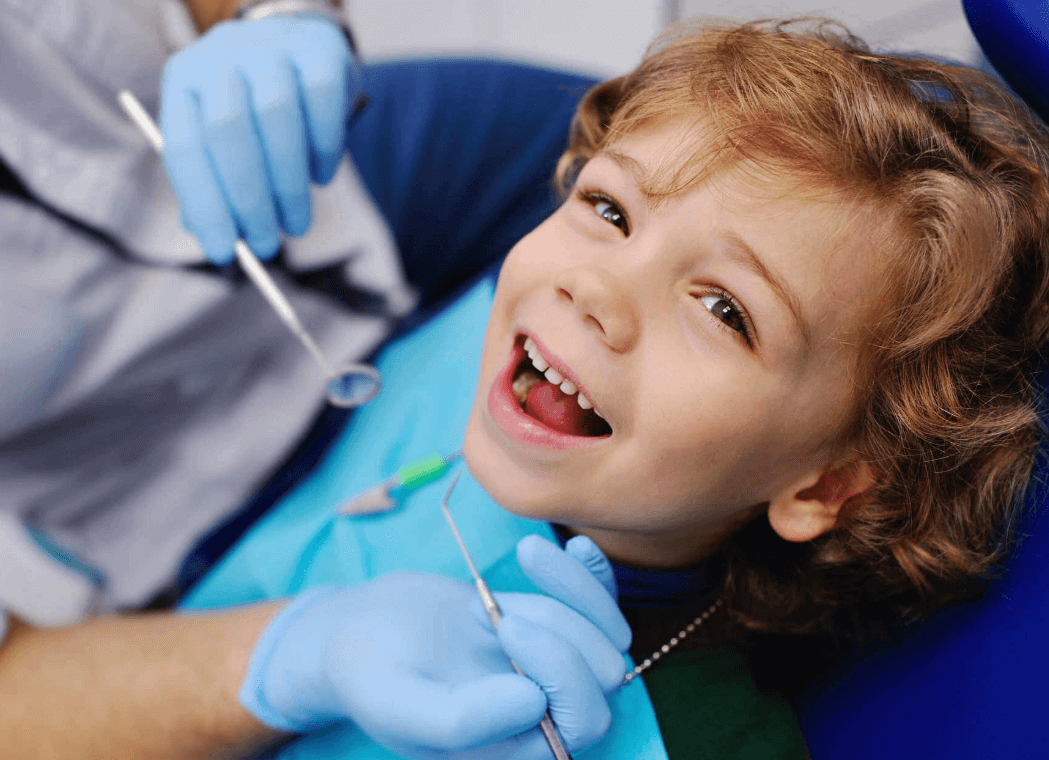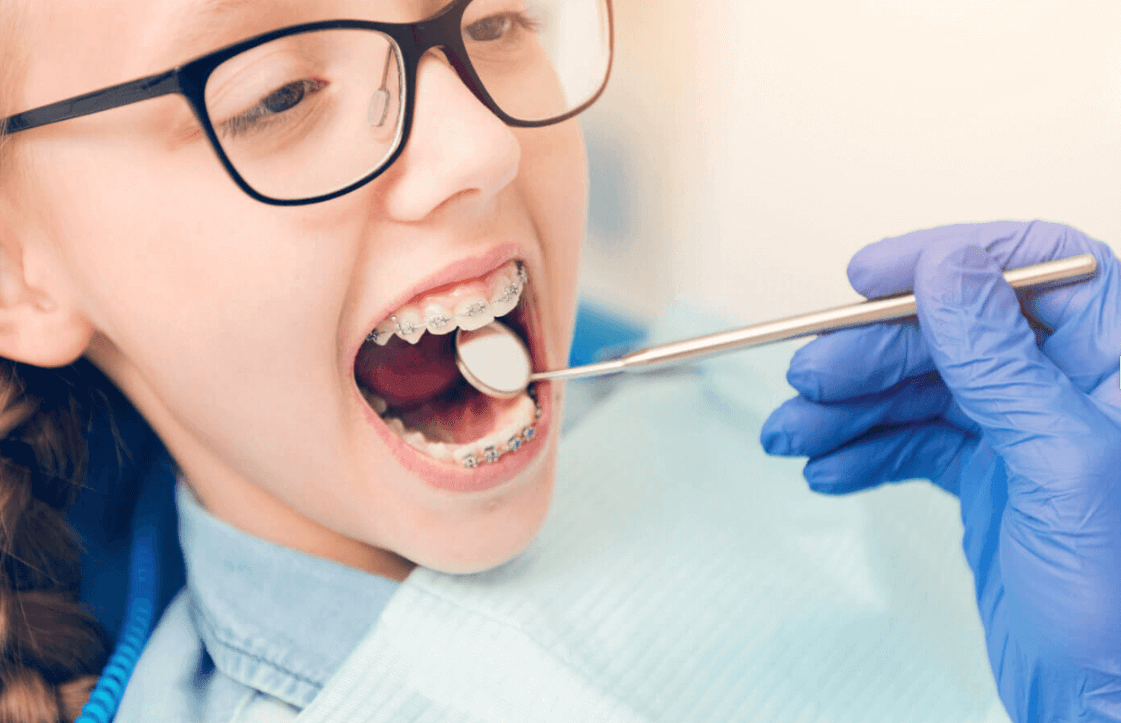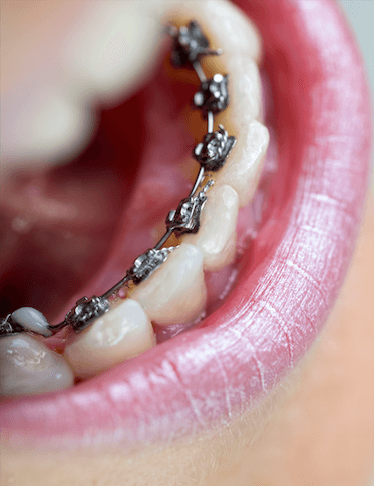The Value of Prevention Dentistry and Orthodontics

You probably know that you should take your infant to see a general dentist as soon as his or her first tooth erupts. But, did you know you should also schedule a prevention dentistry appointment with an orthodontist for early treatment before the time your child reaches seven years old?
Having early orthodontic treatment can correct many problems you may not necessarily associate with teeth alignment. Maintaining good oral health – including the overall alignment of your teeth – can prevent many problems that can follow your child into adulthood.
The Consequences of Not Seeing An Orthodontist for Prevention Dentistry
There are many causes and reasons why an airway can be obstructed. This can cause snoring as well as breathing problems both in childhood and as an adult. As a result of an obstructed airway many malocclusions can develop in the future. An orthodontist can evaluate, identify and help correct some of these problems early so your child does not develop worse orthodontic problems later in life. In many cases, correcting those causes will also decrease or eliminate clenching, snoring and other breathing issues that occur during sleep.
Overcrowded teeth could be another consequence of not seeing an orthodontist early on. An overcrowded mouth makes it difficult to floss properly, which can lead to restorative treatment for cavities, gum disease, fillings, crowns, and even root canals.
Teeth that aren’t aligned properly don’t bite together correctly. When teeth don’t have the right “bite,” the teeth can wear badly, causing long-term damage to the enamel. Since enamel protects the outer layer of your teeth, it’s imperative to keep it intact, as it does not grow back once the damage is done.
Avoid Costly Procedures and Painful Treatments In the Future
Your child may still have some baby teeth, and yes, you may not think your child needs a lot of orthodontic treatment. However, getting started at a young age will keep many issues from occurring, which can be costly and painful to address later in life.
The American Association of Orthodontists recommends children be evaluated by an orthodontist by the age of seven. Some parents even hold off on considering orthodontic treatment until puberty, which can affect their dental development.
Even if the child still has baby teeth, he or she should have some permanent teeth in place. That’s why at Valderrama Orthodontics, we recommend starting early orthodontic treatment as soon as we identify those problems that can be corrected by early intervention.
Getting your child in early can help prevent his oral health from negatively affecting other parts of his body. Additionally, many parents will seek treatments like speech therapy to help improve a child’s speech. When in actuality, the problem that is causing the speech impediment may be due to a simple anatomical oral problem, like a short lingual frenum or enlarged tonsils or an obstructed airway.
Address Issues Needing Immediate Correction and Discover Which Ones Can Wait
An orthodontist can assess your child’s developing teeth and jaws. The records gathered in this first consultation visit will help determine your child’s dental and orthodontic treatment for the future. If you have a particular concern about your child’s developing mouth, you can certainly see us sooner than the recommended age of seven.
Preventative orthodontic treatment includes many of the same aspects of teen and adult orthodontic treatment plans. Treatment may call for fixed or removable appliances that move the teeth, change the position of the jaw, or hold your child’s teeth in place. Some baby teeth may also be removed to help permanent teeth come in straighter and easier.
Following the orthodontic evaluation, one of three things will occur.
- Your child will need treatment immediately by our orthodontist Dr. Natalia Valderrama or by another provider that she will refer you to.
- Your child will need treatment at some point in the future and Dr. Valderrama will follow up the development of your child with future periodic visits.
- Your child will likely not need orthodontic treatment.
If treatment is recommended, we have a variety of tools and services that can help treat overbites, underbites, crowding, missing teeth, and congenital problems with the jaw or teeth.
Treatment Options
Preventative dentistry and orthodontics are aimed to help you educate and inform your children about the importance of oral health, and how it impacts your entire body.
Valderrama Orthodontics offers clear aligners like Invisalign, Suresmile, and ClearCorrect.
Have questions about the importance of preventative orthodontic treatment and dentistry? Dr. Valderrama offers complimentary consultations, record reviews, and customized treatment plans, regardless of your insurance. Dr. Valderrama’s goal is to help prevent problems before they begin to exist. Take care of your little one’s oral health at an early age!








Let's Get Social